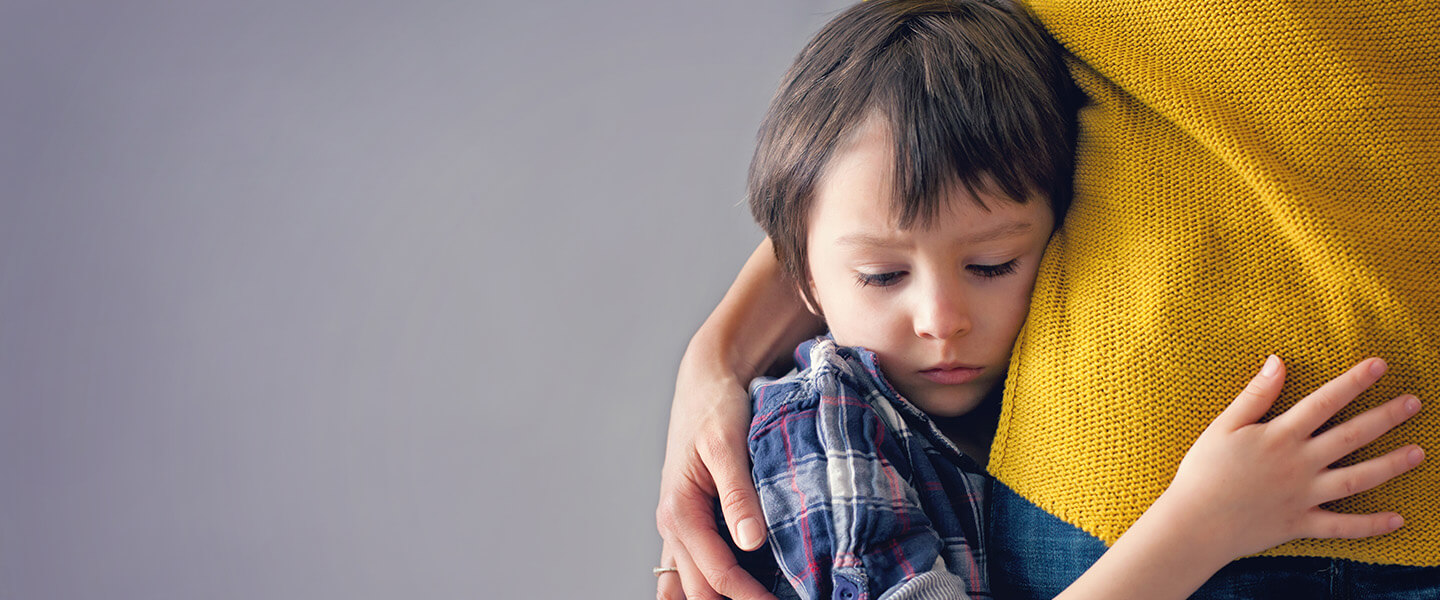Risk of Anxiety Disorder Is Greater in Children Whose Same-Sex Parent Has an Anxiety Disorder, Study Finds
Risk of Anxiety Disorder Is Greater in Children Whose Same-Sex Parent Has an Anxiety Disorder, Study Finds

For years, the data have been clear: the strongest known risk factor for developing anxiety disorder is having a parent with an anxiety disorder. Having two parents with anxiety increases risk even more.
But in trying to assess where precisely the risk for anxiety disorders comes from, and how it is transmitted from parents to children, answers are not so clear. Broadly speaking there are two distinct major sources of anxiety risk for a child. One is the genetic information inherited from the child’s biological parents. The other is various environmental factors present during childhood.
A team led by Barbara Pavlova, Ph.D., and 2016 BBRF Independent Investigator Rudolf Uher, M.D., Ph.D., both of Dalhousie University, Nova Scotia, Canada, set out to shed new light on the various ways in which parents can pass anxiety disorders down to their children. Their findings, reported in the journal JAMA Network Open, indicate that children whose same-sex parent has an anxiety disorder are themselves more likely to develop an anxiety disorder, compared with children whose opposite-sex parent has an anxiety disorder.
This finding does not alter the validity of past studies indicating genetic risk factors for anxiety. Rather, it sheds new light on the contribution of environmental factors, which, together with the genetic background or independent of it, may contribute to the intergenerational transmission of anxiety disorders in specific individuals.
Among environmental factors, several past studies have suggested that risk for anxiety disorders in children can be transmitted from their parents via “modeling” of parents’ anxious behavior or learning from them how to respond to a range of situations in an anxious way.
Drs. Pavlova, Uher and colleagues conducted their study over 7 years beginning in 2013. In a sample of the general population in Nova Scotia that was enriched for children of parents with mood disorders, they assembled a sample of 398 offspring, equally divided among boys and girls, with an average age of about 11. Parents of these children included 221 mothers and 237 fathers, average age about 40. Most parents received a psychiatric assessment, as did their children. Those assessing the children were blinded as to whether either parent did or did not have psychiatric diagnoses. The study only included children and their biological parents. Not all children in the study shared the household with both biological parents – 251 did live with both biological parents,147 did not.
By design, the sample included a high percentage of parents with a psychiatric diagnosis. Of 221 mothers who received an assessment, 46% were diagnosed with one or more anxiety disorders. Other, comorbid psychiatric diagnoses were common and included, most prominently, major depressive disorder and bipolar disorder. Of 172 assessed fathers, 23% received a diagnosis of one or more anxiety disorders, and in many instances they too had comorbid mood disorders.
Of the 398 offspring participating in the study, 108 (27%) received a diagnosis of one or more anxiety disorders (over their lifetime to the time of their assessment for the study). Rates of anxiety disorders were lowest in offspring who had two parents without an anxiety disorder, confirming what was already well known about intergenerational transmission.
But anxiety disorders in offspring were markedly higher among those whose same-sex parent had an anxiety disorder. Conversely, the rate of anxiety disorder in offspring who had an opposite-sex parent with anxiety was not elevated.
“The risk of anxiety disorder in individual offspring may depend on which parent is affected,” the team noted. “We found that the transmission is largely accounted for by same-sex transmission. This pattern is particularly pronounced when looking at parents who reside with their children.”
At the same time, they observed, “sharing the household with a parent without anxiety was associated with a lower likelihood of an anxiety disorder—but only when that parent was of the same sex as the offspring.”
The researchers said it was “likely” that learning from and modeling of parental behavior plays a “significant role” in the patterns they discerned. This may include children who model parents’ fearful responses as well as children with overprotective parents, they said.
The team noted that research on parents and children has traditionally focused almost exclusively on mothers. Their study points to the importance of “awareness of the importance of fathers for children’s development.” They note that “sharing the household with a father without anxiety may protect children, especially sons, from anxiety.”
Observing that anxiety disorders are often treated successfully, the team recommended that special attention be given to children whose behavior in early childhood suggests risk for developing anxiety, particularly children with behavioral inhibition (fear or distress when confronted with novel situations). Such children who have a same-sex parent with anxiety “may have greatest need for preventive interventions,” they said.
The researchers also noted that if modeling and learning from anxious parents’ behavior is indeed a factor in cross-generational transmission of anxiety, there would be great preventive benefit in urging parents with anxiety disorders to seek treatment.
The research team also included Martin Alda, M.D., a 2003 and 1999 BBRF Independent Investigator.



